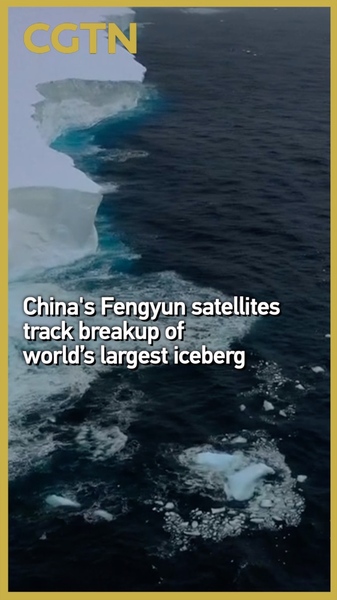Hey fam! 🌎❄️ China’s Fengyun-3 weather satellites have been on a mission to track A23a, the world’s largest iceberg bobbing around in the Weddell Sea off Antarctica. Since early 2025, this icy giant has shrunk by a whopping 60% – and it’s raising big red flags about how fast climate change is reshaping our planet.
First off, what’s Fengyun-3? Think of it as the Chinese mainland’s high-tech eye in the sky. These satellites zoom around Earth, snapping detailed pics of weather patterns, ice flows, and more. It’s like having a 24/7 livestream of our planet’s mood swings! 📡🌐
Back to A23a: Imagine stacking nine Great Walls of China on top of each other—that’s how massive this iceberg was before it started breaking apart. Now, with chunks melting and drifting away, scientists are watching closely because melting ice adds more water to the oceans, pushing global sea levels up. Even a few centimeters can impact coastal cities from Mumbai to Manila.
Why should we care? For starters, rising seas can lead to stronger monsoons, flash floods, and the loss of homes for millions in low-lying areas. It’s not just about distant ice; it’s about our morning chai by the river, our weekend beach trips, and our future. 🌊🏠
The good news? We’ve got tech and teamwork on our side. From apps that track your carbon footprint to community-led mangrove planting in Bali, young changemakers across South and Southeast Asia are stepping up. So, next time you scroll through your feed, remember: every eco-friendly hack, every reusable straw, and every voice raised for policy change counts. Let’s stay informed, stay engaged, and keep this conversation buzzing! 🔥🌱
— Stay curious, stay connected. 📱✨
Reference(s):
World's largest iceberg monitored by China's Fengyun satellites
cgtn.com




